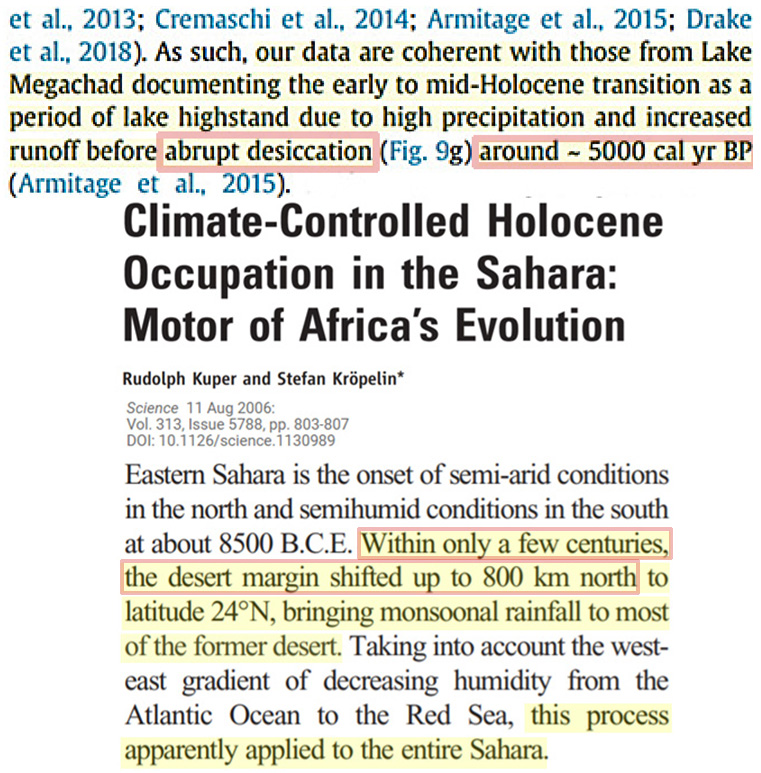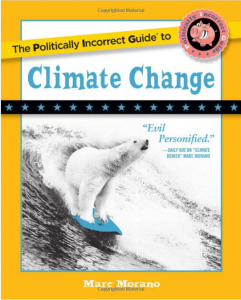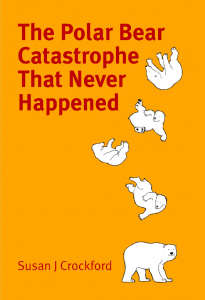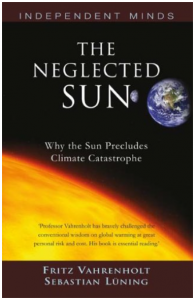By Kenneth Richard on 29. June 2023
“During the Holocene, African tropical and subtropical areas experienced extreme climatic variations.” – Yacoub et al., 2023
From ~10,000 to 5000 years ago the modern hyperarid central Sahara was green and teeming with an abundance of lakes, tropical trees, grasslands, and animal species.
.
The central Sahara’s lake depths were in some cases (the Trou at Natron) “at least 300 m” high (Yacoub et al., 2023).
Then, ~5000 years ago, the Sahara abruptly (within centuries) became hyperarid, lifeless. The transition has been attributed to falling insolation (i.e., cooling) and associated decreases in precipitation and a dramatic shift in the monsoonal rainfall belt.
It should be noted that the transition from the hyperarid Saharan (desert) conditions during the late last glacial (8500 B.C.E., or about 10,500 years ago) to the much warmer, green, lake-covered Holocene Sahara also took “only a few centuries” (Kuper and Kropelin, 2006).

Posted in Drought and Deserts, Paleo-climatology |







Stefan Kropelin’s presentation is a must see :
https://www.youtube.com/watch?v=JcsSHPjdsOo
Sunset rakes dunes and massifs around palm-ringed Lake Boukou, one of Ounianga’s 18 lakes, geological relics of a once-verdant savannah and remnants of the region’s once-vast “paleolakes.”
Caption of the cover photo of Aramco World, May/June 2014
https://archive.aramcoworld.com/issue/201403/last.lakes.of.the.green.sahara.htm
5,000+ years ago, hot biomass cooked food and warmed shelters. Natural ventilation cooled shelters. Draft animals and one’s own 2 feet provided transportation.
NEVERTHELESS, the Northern Hemisphere climate changed abruptly and profoundly. Humans, beasts, bugs, fish and plants SURVIVED.
What lessons should one learn from this REALITY?
[…] New Study Finds The Early-Mid Holocene Sahara Had Lakes With Depths Of ‘At Least 300 Meters’ […]